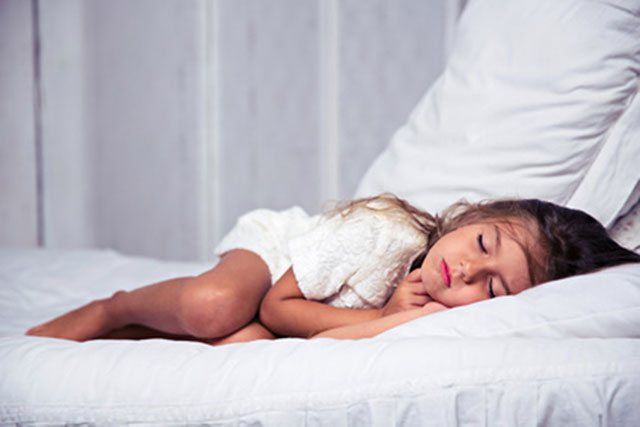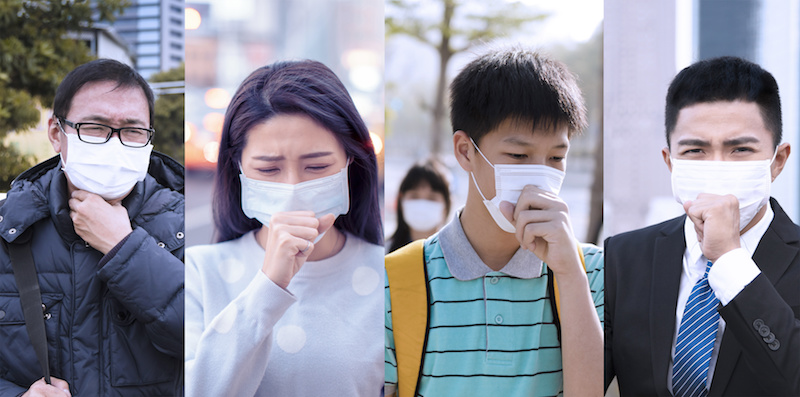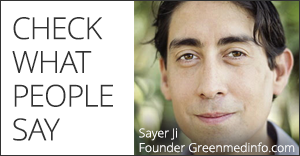New sleep guidelines for children of all ages
The American Academy of Sleep Medicine has developed new sleep guidelines for children of all ages. These brand new recommendations come with an endorsement from The American Academy of Pediatrics as well.
Let’s take a look at the new sleep guidelines for children:
‣ Infants 4 to 12 months – 12 to 16 hours of sleep every 24 hours (including naps).
‣ Children 1 to 2 years – 11 to 14 hours of sleep every 24 hours (including naps).
‣ Children 3 to 5 years – 10 to 13 hours of sleep every 24 hours (including naps).
‣ Children 6 to 12 years – 9 to 12 hours of sleep every 24 hours.
‣ Teens 13 to 18 years – 8 to 10 hours of sleep every 24 hours.
Research has shown that most children do not meet these recommendations.
According to SleepMed of Santa Barbara, “over 2 million children suffer from sleep disorders,” and an estimated 30 to 40 percent of children do not sleep enough. Children who leave electronic devices on at night sleep one hour less on average, according to a poll released by the National Sleep Foundation.
When children meet their sleep recommendations, the health benefits can be numerous, including better behavior, emotional regulation, and many more aspects of quality of life, said study author Dr. Lee Brooks, an attending pulmonologist at The Children’s Hospital of Philadelphia.
Teens are no exception to sleep deprivation
“The majority don’t get the sleep they need. The National Sleep Foundation has found that over 85 percent of teens lack adequate sleep. Sleep matters: deprivation and tiredness affect schoolwork, attention, mood, interactions, unhealthy weight risk and lifelong health habits,” Dr. Wendy Sue Swanson, a pediatrician with Seattle Children’s Hospital and The Everett Clinic said in an article for CBS News.
More studies
Research from the journal Pediatrics showed that light from electronics, tablets, and televisions are a major cause of sleep deprivation in children. Dr. Jill Creighton, Assistant Professor of Pediatrics, Stony Brook Children’s Hospital and author of the Pediatrics study explains: “The burst of light from a phone (even if it’s just to check the time) can break a sleep cycle. A regular alarm clock is best.”
Dr. Maida Chen, director of the Pediatric Sleep Disorders Center at Seattle Children’s explained in the CBS news piece that one solution doesn’t apply to every family.
“Each family needs to find what works best for their dynamic and overall function — there is not a one-size-fits-all solution to sleep. Even ‘a decent hour’ is defined differently in different families, cultures, and situations,” she said. “The overarching message here is that we all need to be better at prioritizing sleep health for our children, and that starts with prioritizing it for the entire family, especially the grown-ups, whose behavior provides a life-long model for their children.”
The study showing the new sleep guidelines for children was published in the Journal Of Clinical Sleep Medicine.
Note: None of the information in our website is intended to diagnose, treat, cure or prevent any illness or disease. The content on our website is for educational purposes only.
DON’T FORGET to sign up for our weekly newsletter to get our latest articles, updates, free recipes and giveaways.
Why are your kids not getting enough sleep?
5 ways to lose weight while you sleep.
Is it healthy to sleep in on the weekend?
REFERENCES:
1. “Sleep Statistics.” SleepMed of Santa Barbara. SleepMed of Santa Barbara, n.d. Web. 18 Jun. 2016.
2. “Turning Electronics off While Sleeping Makes a Difference.” National Sleep Foundation. National Sleep Foundation, 03 Mar. 2014. Web. 18 Jun. 2016.
3. “Television Viewing, Bedroom Television, and Sleep Duration From Infancy to Mid-Childhood.” Pediatrics. Pediatrics, 14 Apr. 2014. Web. 18 Jun. 2016.
4. “New Sleep Guidelines for Babies, Kids and Teens.” CBSNews. CBS Interactive, n.d. Web. 18 June 2016.
5. “Recommended Amount of Sleep for Pediatric Populations: A Consensus Statement of the American Academy of Sleep Medicine.” JCSM. Journal of Clinical Sleep Medicine, n.d. Web. 18 June 2016.

















